A Visit to Dry Island Buffalo Jump, Alberta
For an Alberta road trip that doesn’t involve mountains, head east to Dry Island Buffalo Jump Provincial Park where you can find birds, stunning badlands scenery and a buffalo jump used over the past 3,000 years by the Plains Cree.
While similar in some aspects to Dinosaur Provincial Park, Dry Island Buffalo Jump is far quieter and less developed. You won’t find many people here either.
It’s not as rich in dinosaur bones as Dinosaur Provincial Park either, but it is famous because of the discovery of dinosaur fossils and bonebeds of the Albertosaurus.
You might also like: What to See and Do in Kneehill County, Alberta

Would you like to save this?
Getting to Dry Island Buffalo Jump
The backroads are quite pretty on the way to the park, especially when you descend or ascend from the Red Deer River. The roads we took were through places I’d never heard of before – Rumsey, Trochu and Huxley.
All offered scenes of big skies, and in some sections the road ran beside ponds filled with birds.
From Calgary it’s a 1.75 hour, 180 km drive via Highway 2, 27 and 21 to Trochu and Huxley.
The final approach to Dry Island Buffalo Jump is via 17 km of good gravel road off of Highway 21, just south of Elnora, another hamlet whose name was new to me.
From Edmonton it’s about a 2.5 hour, 245 km drive via Highway 2, 42 and 21.
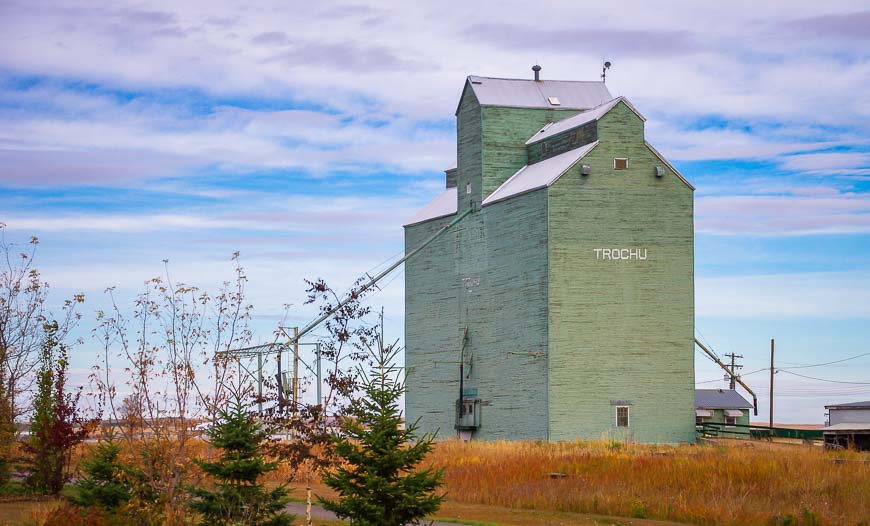
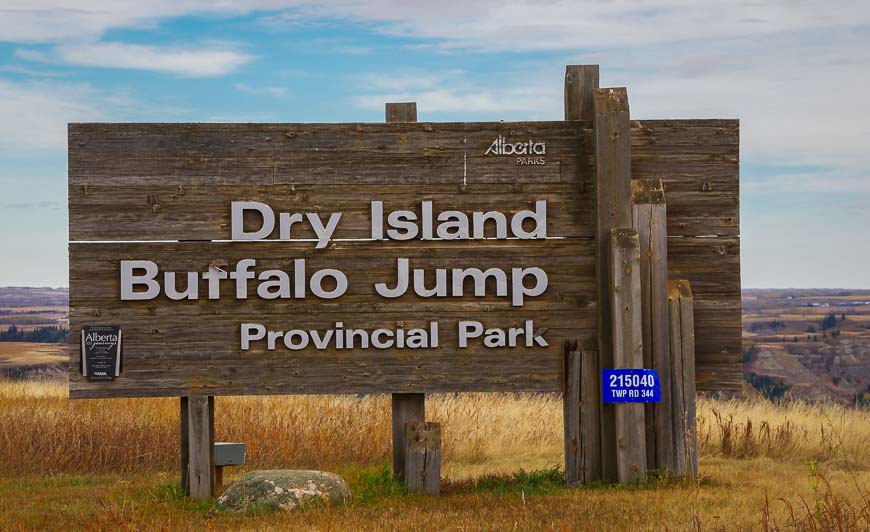
The most northern buffalo jump
Visit Dry Island Buffalo Jump Provincial Park with a picnic basket in hand and a plan to enjoy the scenery, especially in the fall when the park is awash in yellow, orange and even red.
From the overlook the scene below unfolds offering big drama. This buffalo jump is the most northern of the ones around – chiefly because if you go further north, local geography favoured other methods for hunting buffalo.
The most famous buffalo jump – Head Smashed in Buffalo Jump – a UNESCO site several hours south of Calgary – isn’t nearly as high. Most jumps are in the range of 8-15 m. This one is huge in comparison at 45 m.
Dry Island Buffalo Jump was used at least four times between 700 and 2,800 years ago. Remnants of tools, fire pits and pottery have been found at the site.

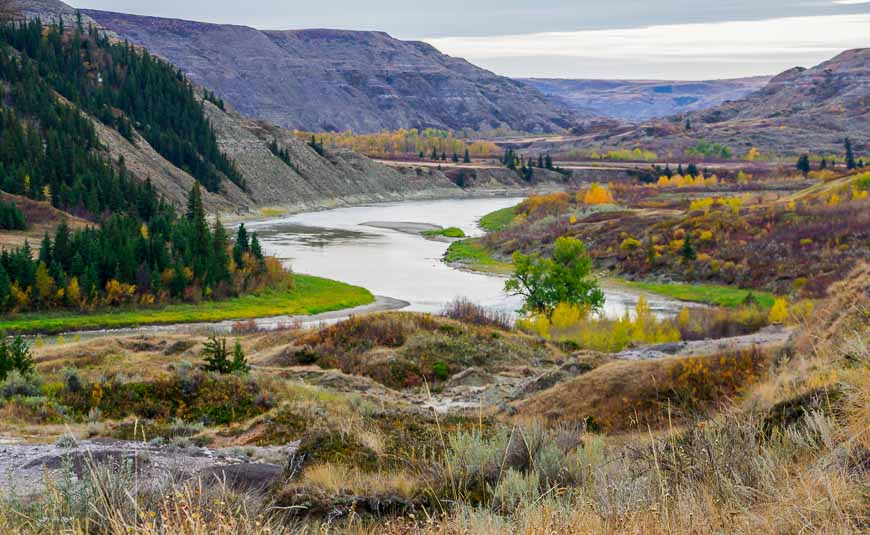


Hiking trails in Dry Island Buffalo Jump Provincial Park
There are no formal hiking trails in the park but you can wander off-trail, basically walking where the wind and the mood blows you.
It’s not always easy walking but it is pretty. Mostly you’ll be hiking through coulees and native grasslands. Avoid the rugged badlands (they get slick when wet) and be wary of the sheer cliffs!
Keep your eyes peeled for the 150 species of birds that have been identified in the park. In particular the badlands provide habitat for birds of prey like the prairie falcon, golden eagle and ferruginous hawk.
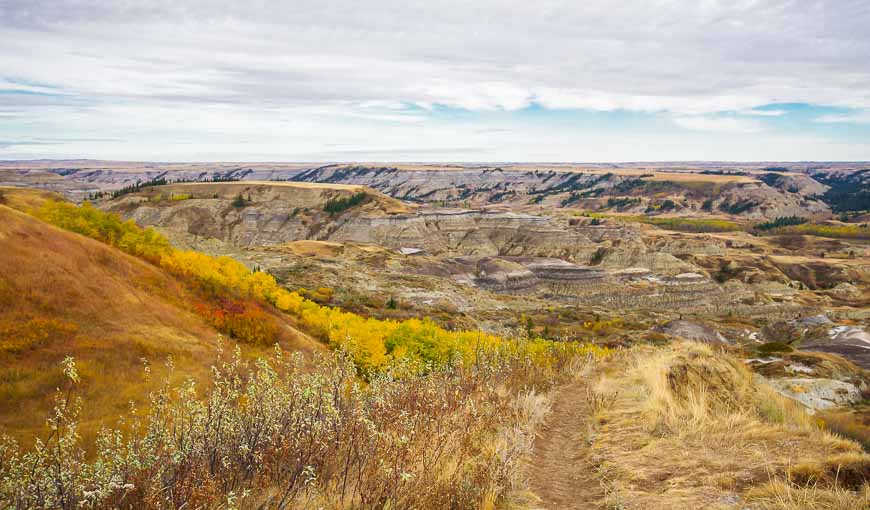
The Red Deer River runs through the park
You can drive down to the Red Deer River from the overlook on a very steep gravel road. It’s not recommended in wet weather and trailers are forbidden.
The river is a great spot to launch a canoe and one of the most common put-ins for the two day paddle down the Red Deer River to Drumheller. We did the easy paddle one summer and I can assure you it’s perfect for novice canoeists and families.
We met two women who had paddled all day – actually paddled and walked their canoe since water levels were low in the fall – and were spending the night in the park as it is possible to camp by the river. This would be one of the better campsites along the Red Deer River!

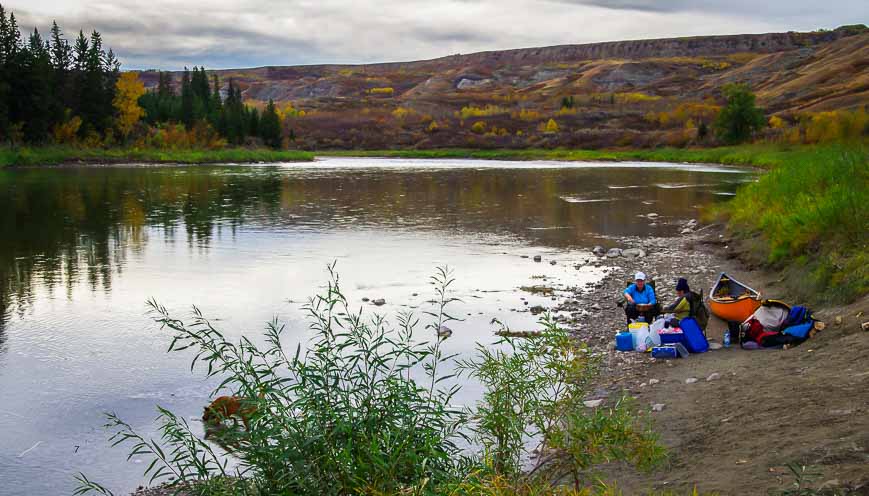

For more information about Dry Island Provincial Park visit their website.
More things you can do off the beaten trail in Alberta
- A Hiking Road Trip in the Canadian Badlands
- Off the Beaten Path Alberta – 5 Places to See
- 12 Great Alberta Hikes You’ve Probably Never Heard Of
- Kinbrook Island Provincial Park – A Prairie Oasis
- Road Trips From Calgary to Places That Will Stir Your Soul
Click on the photo to bookmark to your Pinterest boards.

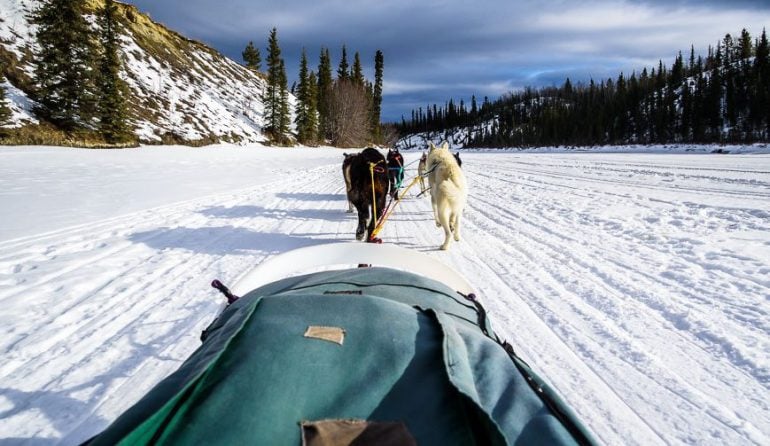
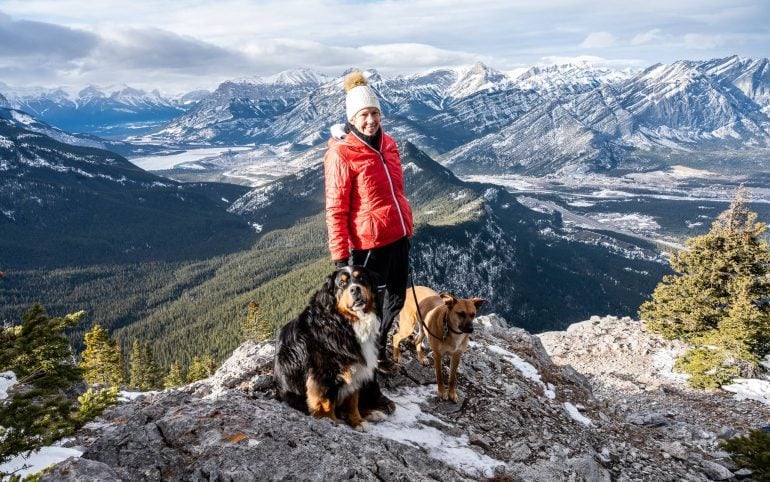
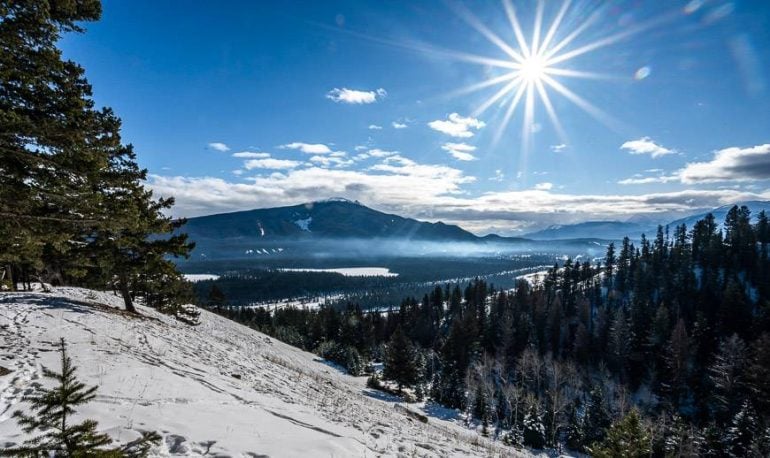
We loved Dry Island Buffalo Jump and when we were there in late June, we pretty much had the place to ourselves. Nearby TL Bar Ranch rents canoes and will deliver your canoe and pick it up from the park. It has a cabin, rustic cabin and camping. We’ve also stayed in Trochu at St. Ann Country Inn. Great spot. Your pix are terrific, Leigh. They really do justice to one of our favourite Canadian places.
Great info in your comment. I would love to canoe a section of this river and will come back to your comment to organize it. Also appreciate the Inn recommendation.
Lovely photos! I love all your pictures especially your picture with a caption of “walking the trails at the bottom of Horseshoe Canyon” I love the colors!
Thanks Abby.
How gorgeous, Leigh! I particularly like the canyon shots. Also love the yellows of the hayfield shots.
@Nancie I think we got a peak weekend in the fall for our drive.
Excellent pictures. The scenery is colorful and vibrant.
@Rachel I love the plains with the big skies. I wouldn’t want to live on them but I do appreciate a visit.
I am loving all the fall colors and hay in your pictures. This is such a beautiful part of Alberta that really should get more attention. Those horses are adorable. Gorgeous photos, Leigh.
@Mary There is a lot of horse country in Alberta. I just wish I liked to ride.
Just gorgeous, Leigh! Love the wide open spaces and all that color and texture. Even the grain elevator is beautiful. I’m ready for a trip to the badlands of Alberta.
@Marcia The badlands are definitely an under visited part of Alberta – but they are perfect as a day trip.
I love that barn. It’s so tall and stark against the prairie. I don’t think I’ve ever seen one like that. Are they common in Alberta?
@Billie It’s a grain elevator – albeit an oversized one. They were very common in Alberta but many have been abandoned. They make a good subject for the photographer.
I enjoyed this little peek at fall in your part of the world. The contrast between the rock layers and the colorful autumn foliage of Horseshoe Canyon is my favorite. I had never heard the term “buffalo jump.” Once I looked it up, it made perfect sense to call it that.
@Michele I guess I blew it with no description of a buffalo jump. They were common hundreds of years ago when the buffalo roamed the prairies. The natives had designed systems to funnel the buffalo to the edge – as a running herd – and then they would fall to their deaths. The one at Head Smashed in Buffalo Jump is a UNESCO site and it portrays very well exactly what happens.
Wonderful images. I dream of going to Canada one day, and your tour has certainly increased my desire to visit.
We have been away ourselves travelling for 6 weeks It’s good to be back catching up with Travel Photo Thursday. Have a wonderful week.
@Jill There are so many great places to visit that you’ll really have to narrow down what you want to accomplish when you’re here. I can certainly offer you loads of suggestions.
I keep hearing great things about Alberta. I’m hoping to visit in the summer of next year, but these pictures closer to fall look beautiful!
@Amy If you come at the end of the summer then the trees in the mountains start to get a hint of colour and it’s full steam ahead by the third week of September.
I know most visitors come to Alberta to go to the Rocky Mountains, and granted they’re pretty spectacular, but I really enjoy visiting the badlands area of the province. For me it’s the big skies, wide open spaces, and lonely stretches of highway that I love best about Alberta.
@Alouise I have fallen in love with the big skies of Alberta as well – a photographer’s dream they are – though I’m a mountain girl at heart.
It is a good thing you kept going because the Buffalo Jump Park is the prettiest. Not the most sensational scenery compared to mountains but the farm fields and prairies have a comforting affect.
@Ted I have become very fond of the big skies and as I get more and more into photography I do appreciate the details and quiet beauty of a place.
Lovely!
Thanks Cindy.
What an awesome part of the world Leigh, and the different seasons must be wonderful, particularly I would imagine Fall. I love the picture of the hay fields, and also the horses – their eager expressions, the symmetry and composition all work together so well.
@Johanna Thank you for your nice comment. I do so love the change of seasons and fall in particular with its’ spectacular colours.
Simply gorgeous photos!
Thank you Jackie.
You really captured the season in these shots. My favourite place for an Alberta road trip is heading South of Calgary on the Cowboy Trail – HWY 22. I take it almost all the way down to Waterton National Park.
@Jody I love that drive too especially under moody skies – but not under blizzard conditions.